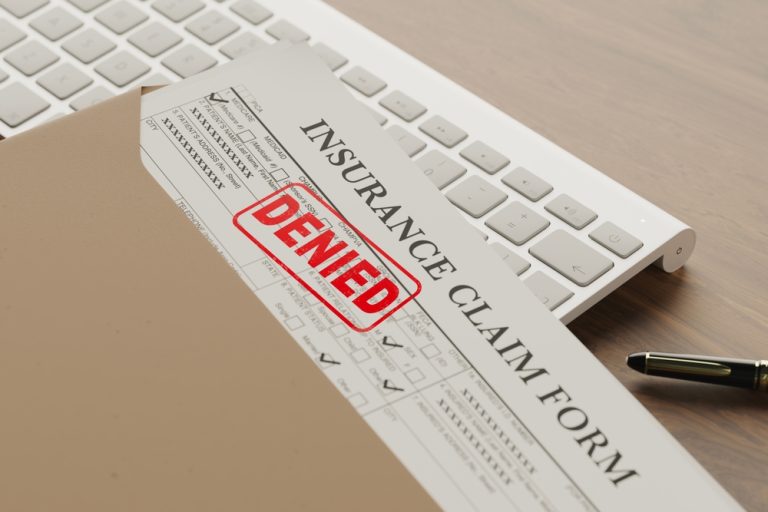Nuts and Bolts of Florida’s Seatbelt Defense
Nuts and Bolts of Florida’s Seatbelt Defense
Florida is a popular destination for vacations and second homes. When a Canadian is involved in a car accident in Florida, blame can be placed on the other driver for failing to wear a seatbelt. To prevail on the seatbelt defense in Florida, a defendant must prove three elements. First, that the plaintiff failed to use an available and operational seatbelt. Second, that the plaintiff’s failure to use the seatbelt was unreasonable under the circumstances. Third, that the plaintiff’s failure to use the seatbelt caused or contributed substantially to the plaintiff’s damages. Smith v. Butterick, 769 So. 2d 1056, 1058-59 (Fla. 2d DCA 2000).
Element No. 1: That the plaintiff failed to use an available and operational seatbelt.
A plaintiff’s failure to wear a seatbelt can be proven by non-expert testimony. For example, if the plaintiff told someone at the accident scene that he or she was not belted, this admission can be used at trial. In the alternative, lack of use can be proven by an engineer who examined the belt system, or at least photographs of the system, for indicators of seatbelt use. A biomechanic expert could compare the plaintiff’s injuries with the injuries expected of a belted person in the same type of accident.
Proving the seatbelt was operational is exceedingly easy. A defendant can prove this component simply by showing the vehicle was equipped with seatbelts. A photograph of the vehicle’s interior is an easy way to do this. In Smith v. Butterick, 769 So. 2d 1056 (Fla. 2d DCA 2000), the court explained that where a vehicle is equipped with seatbelts, the belts are deemed to be operational:
Until recently, the district courts had taken a narrow view of what evidence was required to show that seat belts were “available and fully operational.” It is now settled that the defendant meets this initial burden simply by offering evidence that the car was equipped with belts that could have been used.
Smith, 769 So. 2d at 1058.
Element No. 2: That the plaintiff’s failure to use the seatbelt was unreasonable under the circumstances.
Florida Statutes Section 316.614(4)(b) states that “It is unlawful for any person . . . to operate a motor vehicle in this state unless the person is restrained by a safety belt.” In addition, Florida Statutes Section 316.614(10) provides that failure to where a seatbelt “may be considered as evidence of comparative negligence, in any civil action.”). Unless the plaintiff has an extremely good reason for not being belted, this element would be easily met.
Element No. 3: That the plaintiff’s failure to use the seatbelt caused or contributed substantially to the plaintiff’s damages.
In many cases, expert testimony from medical or biomechanical experts will be needed to establish this element. However, causation can be found in occupant ejection cases without the assistance of experts. In Burns v. Smith, 476 So. 2d 278 (Fla. 2d DCA 1985), a plaintiff was ejected during a motor vehicle accident, and the jury assigned the plaintiff 75% comparative fault for failing to wear a seatbelt. The plaintiff appealed, claiming that because the defendant did not present testimony from an accident reconstructionist, the jury could not have properly found causation between nonuse of the seatbelt and the plaintiff’s injuries. The Second District affirmed based on the unique causation issue presented in ejection cases:
The evidence showed that Burns did not use a seat belt and that he was thrown from his seat in the car following the impact. He received head and neck injuries. Under the circumstances of this case we do not believe it was beyond the province of the jury from its common knowledge to conclude that “the failure to use an available and operational seat belt produced or contributed substantially to producing at least a portion of plaintiff’s damages….” Pasakarnis, 451 So. 2d at 454.
Burns, 476 So. 2d at 279. In sum, “[w]hether a defendant is obligated at all to present expert testimony in support of a seat belt defense appears to depend on the nature of the plaintiff’s injuries.” Houghton v. Bond, 680 So. 2d 514, 523 (Fla. 1st DCA 1996).
Conclusion
Florida’s seatbelt defense can be a useful tool in defending car accident cases, and can be used even if the defendant is partly or even solely at fault for causing the accident itself.
This article was originally published in Without Prejudice, the Official Journal of the Ontario Insurance Adjusters Association, February 2020, Vol. 84, No. 6. and is republished here with permission from the publication.







